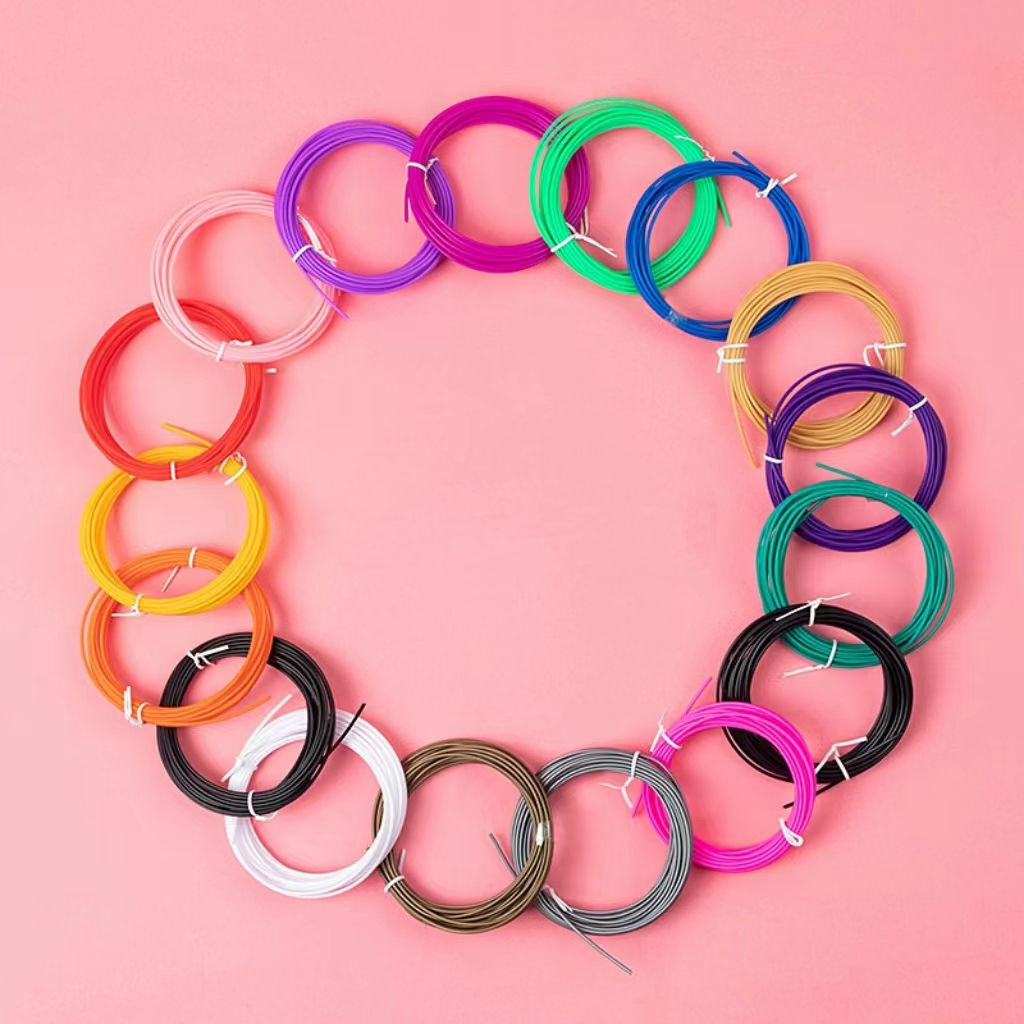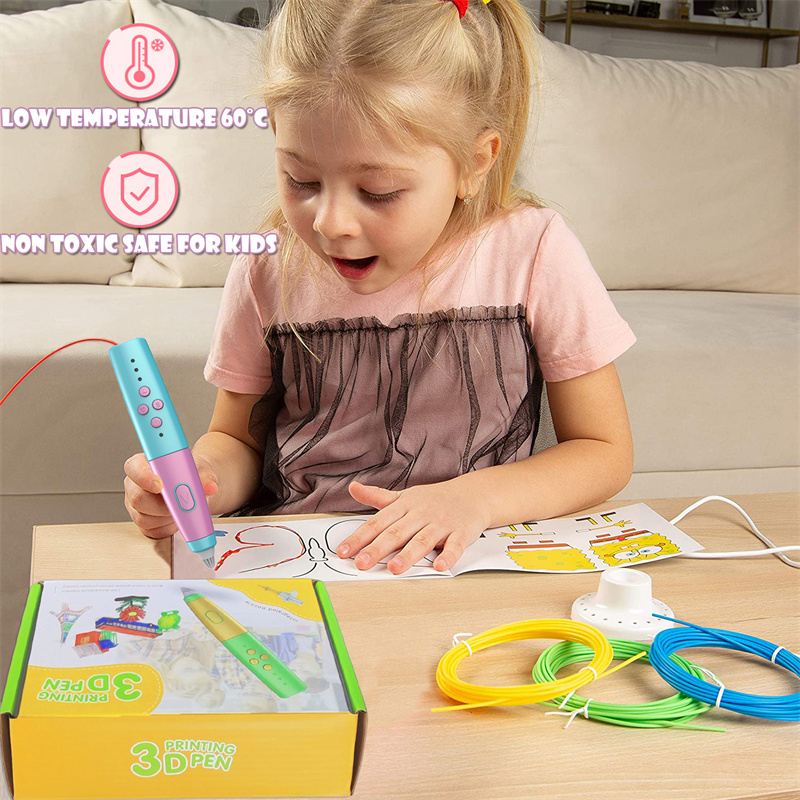What is a 3D Pen and How Does it Work? A Beginner's Guide
Aug 17,2023 | 3D4Create
In recent years, the world of arts, crafts, and design has witnessed a revolutionary tool known as the 3D pen. This innovative device allows users to create three-dimensional objects by using heated plastic filament.
In this beginner's guide, we will delve into what a 3D pen actually is, how it works, and explore its endless creative possibilities.
I. Understanding the 3D Pen
A 3D pen is a handheld device similar in appearance to a regular pen or marker. However, instead of ink, it uses melted plastic filament as its medium. These filaments are made from materials like PLA (polylactic acid) or PCL and come in various colors. The choice of filament material depends on the desired application and project requirements.

II. How Does a 3D Pen Work?
The working principle of a 3D pen revolves around the concept of heating and extrusion. Inside the pen, there is a heating mechanism, typically a small electric heating element. When the pen is powered on, the heat generated by the element melts the plastic filament loaded into the pen's chamber.
The melted plastic is then pushed through a nozzle at the pen's tip. By controlling the speed and flow of the filament, the user can draw or doodle in mid-air, allowing the plastic to cool rapidly and solidify within seconds. Some advanced 3D pens also offer temperature control and adjustable speed settings for precise control over the printing process.

III. Getting Started with a 3D Pen
To begin using a 3D pen, you first need to load it with the desired filament material - common options are PCL, PLA, or ABS plastic. Most pens have a loading port where you insert the filament and secure it in place. Once loaded, the pen is plugged into a power source and allowed to heat up. The optimal working temperature varies depending on the type of filament being used, so refer to the manufacturer's instructions.
Once heated, the pen is ready for action. Place the pen's tip on a flat surface or on a stencil if desired, then simply press the button to extrude the molten plastic. As you move the pen, the filament will solidify, allowing you to create intricate designs or build three-dimensional structures layer by layer.
IV. Tips for Using a 3D Pen
1. Start with simple shapes
Begin by practicing basic shapes like squares, circles, and lines. This will help you become familiar with the pen's movement and how the material behaves when extruded.
2. Experiment with speed and temperature
Different speeds and temperatures can influence the flow and consistency of the melted filament. Experimenting with these settings will allow you to achieve different effects and textures in your creations.
3. Utilize stencils or templates
If you're not confident in freehand drawing, use stencils or templates to guide your designs. These can be found online or created using a 3D modeling software.
4. Embrace trial and error
Don't be discouraged if your first attempts don't turn out as expected. Like any art form, mastering a 3D pen takes practice and patience. Learn from mistakes and keep experimenting to improve your skills.
V. Creative Applications of 3D Pens
The versatility of 3D pens allows for a broad range of creative applications. Some popular uses include:
- Artistic sculptures and jewelry
- Customized phone cases and accessories
- Prototyping and architectural models
- Educational tools for STEM projects
- Repairing or modifying plastic objects
VI. Conclusion
As you venture into the world of 3D pens, you'll unlock endless possibilities for creativity and innovation. Whether you're a hobbyist, artist, designer, or educator, these devices offer an exciting and accessible way to bring your ideas to life. With a little practice and experimentation, you'll soon be crafting impressive three-dimensional creations that amaze and inspire others. So grab a 3D pen and let your imagination soar!
FAQS
1. What is a 3D pen and how does it work?
A 3D pen is a handheld device that allows you to create three-dimensional objects by extruding heated plastic filament through the pen's nozzle. It functions similarly to a glue gun, but instead of glue, it uses plastic filament as the material.
2. What can kids do with a 3D pen?
Kids can use a 3D pen to bring their imagination to life by creating various objects, such as jewelry, mini sculptures, decorative items, and even architectural models. It's a great tool for enhancing creativity and fine motor skills in children.
3. Does a 3D pen stick to paper?
Yes, a 3D pen can adhere to paper, but it depends on the type of paper. Thicker and heavier papers are more suitable for 3D pen projects as they provide better support for the structure. However, it's important to note that some lighter or glossy papers may not hold the filament as well, so experimenting with different types of paper is recommended.
4. How do you use a 3D pen for beginners?
To use a 3D pen for beginners, start by selecting the appropriate temperature setting based on the type of filament being used. Then, insert the filament into the pen and wait for it to heat up. Once heated, gently press the pen's button to start extruding the melted filament. Move the pen steadily in the desired direction to create your 3D object.
See also:
The 5 Best 3D Pens for 2023 - Reviews by 3D4Create
Is 3D Pen Safe for Kids? 3 Essential Safety Tips for Parents


